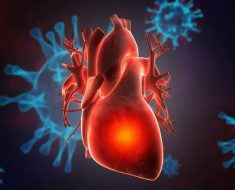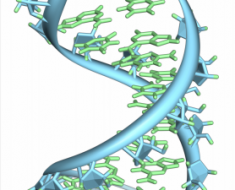In a new study, researchers at the Department of Energy’s Pacific Northwest National Laboratory find that the U.S. Atlantic Coast is becoming a breeding ground for rapidly intensifying hurricanes. Fueled by environmental conditions that beget increasingly severe storms — with climate change as a root contributor — the new research finds that hurricanes are growing wetter and strengthening faster near the already hurricane-battered coastline.
Looking at data that describe the past four decades of hurricane activity and the conditions that shaped them, researchers find the rates at which hurricanes strengthen near the U.S. Atlantic Coast have climbed since 1979. Looking into a future marked by continued fossil fuel reliance, the team finds this trend is likely to continue.
A warmer world, said climate scientist Karthik Balaguru, is poised to bring hurricanes that intensify quicker and, with them, a heightened risk of flooding to the U.S. Atlantic Coast. “Our findings have profound implications for coastal residents, decision- and policy-makers,” said Balaguru. “And this isn’t specific only to the Atlantic. It’s happening in several prominent coastal regions across the world.”
Balaguru’s team found that a unique coastal phenomenon lies at the heart of the bustling hurricane activity. A mix of environmental conditions caused by this phenomenon ultimately makes the coastline more conducive to hurricane development. The same mix of hurricane-favoring conditions doesn’t appear in the Gulf of Mexico, which the team explored. But they could form in many other regions, including those near the East Asian coastline and the northwest Arabian Sea.
The new study publishes in Geophysical Research Letters, a journal of the American Geophysical Union, on Monday, Oct. 17.
When hurricanes rapidly intensify
Some storms, like Hurricane Ian, whose extensive damage is still being assessed but is among the strongest to approach the U.S. coast, can suddenly turn severe. Supercharged by hurricane-friendly conditions like a warmer sea surface or greater atmospheric humidity, they can rapidly intensify, jumping multiple categories sometimes in short order.
Source: Read Full Article





